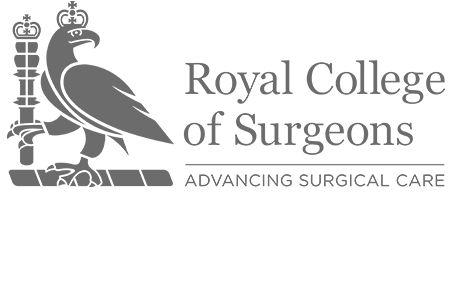Slipped disc/sciatica
A lumbar disc herniation (or “slipped disc”) can result in severe leg pain (sciatica). Pain, weakness and altered sensation are felt in the distribution of the affected nerve. Patients sometimes report back pain but in general, the leg pain is worse than discomfort in the lower back. There is often a sudden onset associated with a traumatic event such as heavy lifting. Symptoms are exacerbated by sitting, coughing and sneezing and relieved with standing or bed rest.
Treatment begins with a few days of bed rest, oral analgesia (paracetamol and non-steroidal anti-inflammatories (NSAIDs). A nerve root block (local anaesthesia and steroid) can also be considered. Most patients improve by 4-6 weeks. If symptoms progress beyond 6 months, spontaneous resolution becomes less likely. Surgical treatment is a microdiscectomy, which involves removing the protruding disc material through a small incision.
Cauda Equina syndrome
This is a combination of lower back pain, sciatica, leg weakness with reduced sensation in the perineum or saddle area associated with bladder or bowel dysfunction. Patients need urgent assessment, imaging and surgical treatment with these symptoms.




